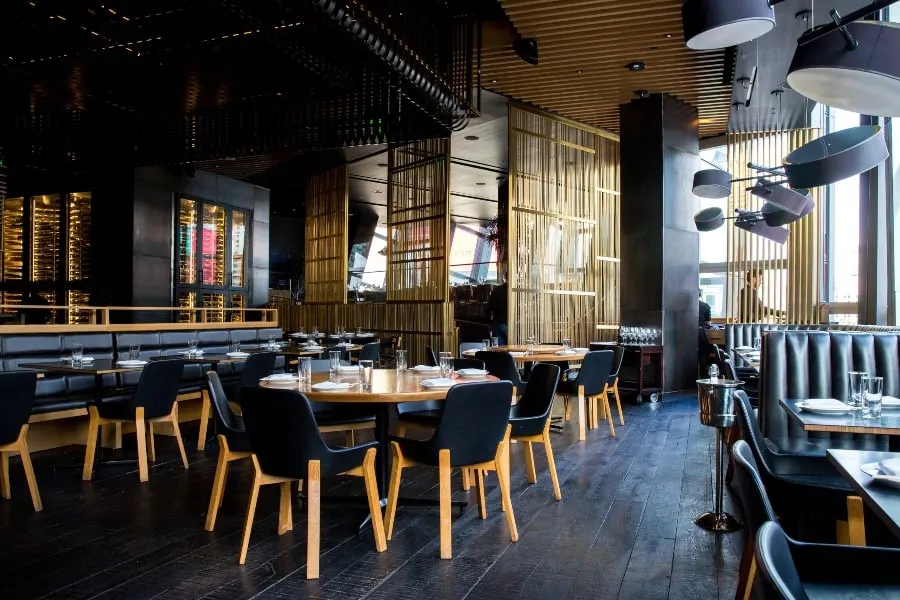
Biddeford, about half an hour drive from Portland, Maine has been voted one of America’s 11 next great food cities. In a changing culinary landscape, the city boasts of a dynamic and diverse food scene making it a dining destination on its own. Maine’s restaurant scene is buzzing and although customer volume is not expected to return to pre-pandemic levels, there is a lot going for the local industry. Corona was a main factor why businesses struggled to stay afloat. In addition, rising prices and labor shortage also made it difficult to overcome the hardships of the pandemic. The good news is many restaurants in Maine have the will to survive and beat the odds.
Great Food And Cleanliness
One of the main factors affecting the success of a restaurant is tasty food. Well-prepared and presented dishes are going to attract clients who patronize restaurants for its authentic and delicious food. Maine has no shortage of restaurants that offer scrumptious food. From fine to casual dining, there are several types of eateries that cater to different tastes. It helps that the state has access to the sea making it easy to serve fresh seafood while the farm-to-table philosophy is the norm in many parts of the state putting it on the map for exceptional culinary experiences.
Hygiene is another aspect that makes a restaurant standout and will bring repeat customers. After all, who wants to dine in filthy surroundings? A dining area that is not only attractive, but also clean is a pleasing experience to customers. Hence, bistros and cafes must see to it that the indoor and outdoor premises are spic and span. Regular and deep cleaning is crucial to guarantee that food is stored and prepared properly in hygienic conditions reducing the risk of spoilage and contamination that could make diners ill and damage the reputation of the establishment. Equally, outdoor areas, windows, doors, and walls must be scrubbed to enhance the curb appeal of an eating place.
Living With The Challenges
The pandemic taught those in the restaurant industry to pivot and keep moving forward. Operational costs are higher leading to closures and staffing is a problem. In addition, the COVID variants are also giving problems since staff can become ill or out of commission. To respond to the challenges, restaurateurs cut down menus, open fewer tables, and reduce work hours and days. Unfortunately, inflation meant that prices of dishes are also higher. On the other hand, given that not all restaurants could re-open, there will be less choices for diners who will be spending more money to eat out.
Creativity and innovation are also driving forces in the survival of eateries. For Maine restaurants, they are offering much more than just lobster rolls. Think of beet burgers, Turkish meatballs, and chickpea curry salads. In other words, the expansion of different cuisines will attract a larger clientele willing to try something new.
Running a restaurant during normal economic conditions is tough enough. However, it is possible to endure a rough environment with a lot of commitment and the will to continue.








